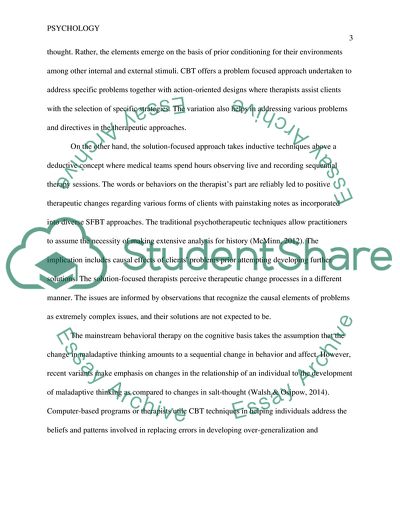Cite this document
(Counseling Approaches Evaluation Essay Example | Topics and Well Written Essays - 1250 words, n.d.)
Counseling Approaches Evaluation Essay Example | Topics and Well Written Essays - 1250 words. https://studentshare.org/psychology/1856514-counseling-approaches
Counseling Approaches Evaluation Essay Example | Topics and Well Written Essays - 1250 words. https://studentshare.org/psychology/1856514-counseling-approaches
(Counseling Approaches Evaluation Essay Example | Topics and Well Written Essays - 1250 Words)
Counseling Approaches Evaluation Essay Example | Topics and Well Written Essays - 1250 Words. https://studentshare.org/psychology/1856514-counseling-approaches.
Counseling Approaches Evaluation Essay Example | Topics and Well Written Essays - 1250 Words. https://studentshare.org/psychology/1856514-counseling-approaches.
“Counseling Approaches Evaluation Essay Example | Topics and Well Written Essays - 1250 Words”. https://studentshare.org/psychology/1856514-counseling-approaches.


